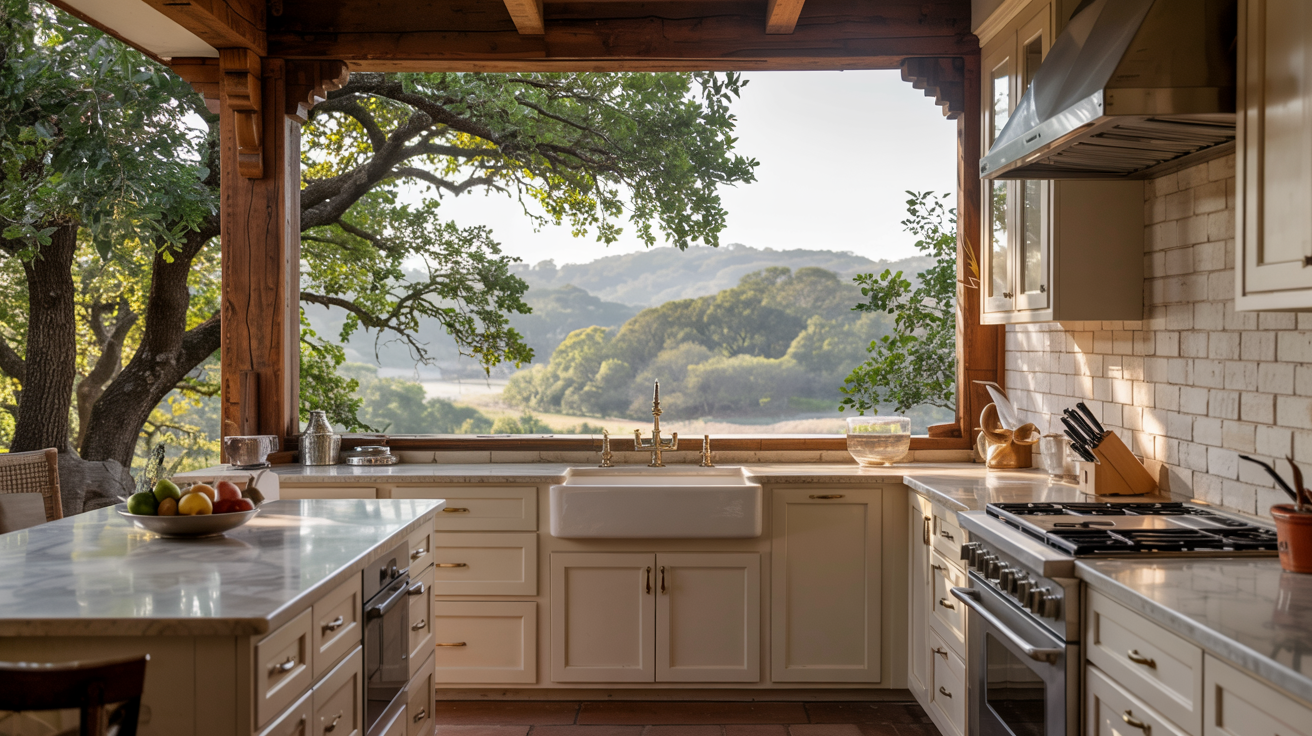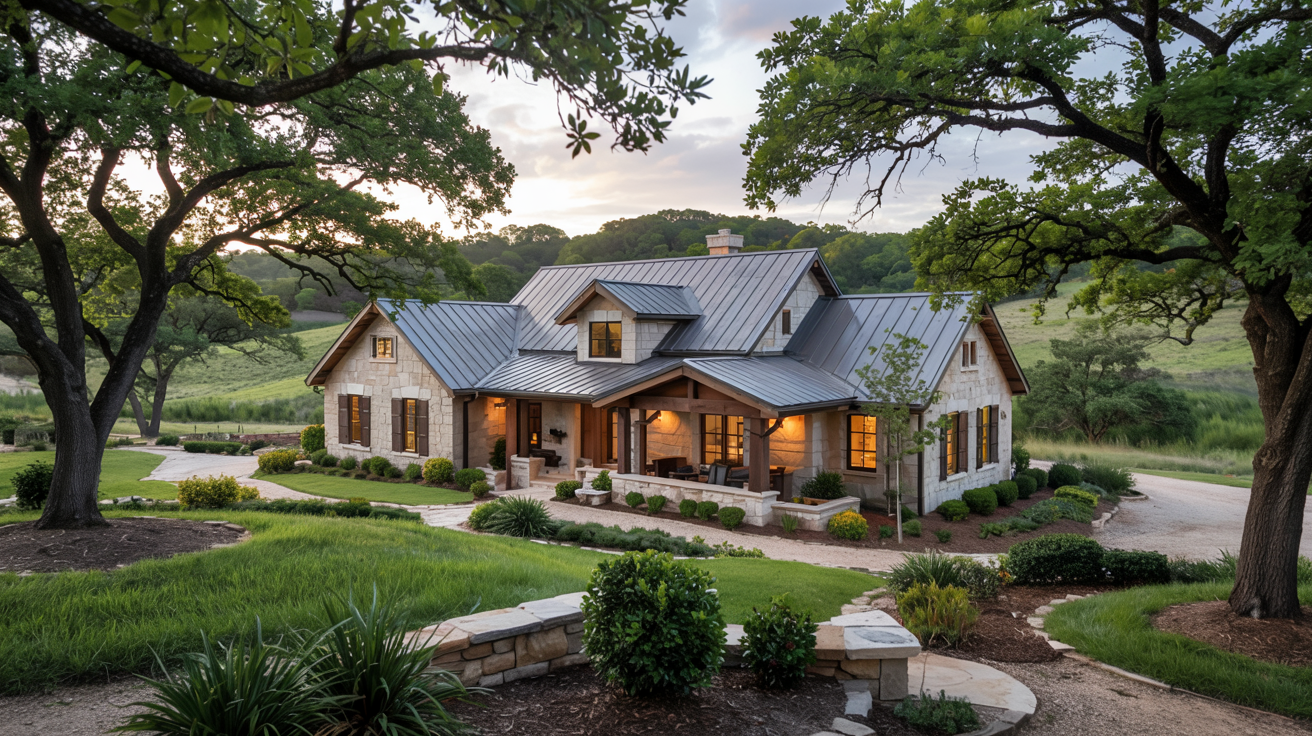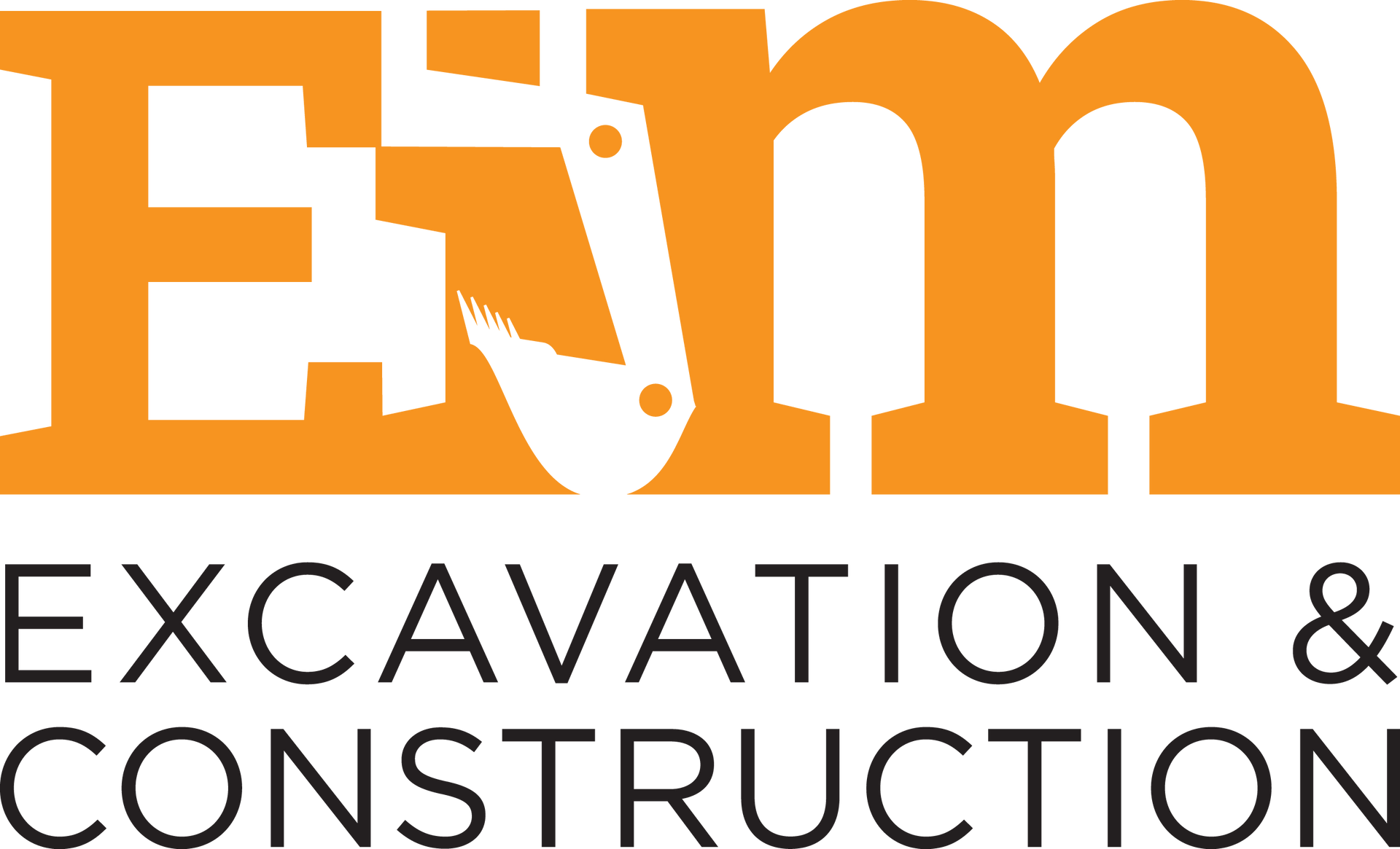Best Trench Drains for Property Water Management
Why Trench Drains Are the Unsung Heroes of Water Management
In my twenty years of construction experience here in Austin, Texas, I've seen more property damage from poor water management than almost any other issue, and that's exactly why trench drains have become one of my most trusted solutions at Earth in Motion. These linear drainage systems might not look like much—essentially long, narrow channels covered with grates—but they're absolute workhorses when it comes to protecting your property from water damage, whether you're dealing with Texas thunderstorms or Colorado snowmelt.
Let me tell you something I learned the hard way early in my career. I was working on a commercial project in downtown Austin, and the contractor before me had tried to handle drainage with traditional methods. Six months after completion, the parking lot was constantly flooded, the building foundation was showing stress cracks, and the owner was facing thousands in repairs. That's when I really understood the power of proper linear drainage systems.
What makes these systems so effective is their simplicity. Water always follows the path of least resistance, and when you give it a clear, direct route away from problem areas, it'll take that route every time. The beauty of a well-designed system lies in three key areas: smart placement, proper slope, and materials that can handle whatever Mother Nature throws at them.
Understanding Different Types of Trench Drain Systems for Your Project
Over the years, I've installed hundreds of these systems, and I can tell you that not all drainage channels are created equal. The type you choose depends entirely on your specific situation, and that's where my experience really pays off for clients.
Pre-Sloped vs. Neutral Systems: Making the Right Choice
Pre-sloped channels are my go-to recommendation for most projects. These come with a built-in gradient—usually about one percent slope—which means water automatically flows toward your outlet point without any standing water. I remember a warehouse project in Cedar Park where the owner was dealing with constant puddling near the loading dock. We installed a pre-sloped system, and within the first heavy rain, you could see the water moving efficiently toward the storm drain connection.
Neutral slope systems have their place too, particularly when you're working with existing grades or in retrofit situations where depth is limited. I've used these successfully in older Austin buildings where we couldn't dig deep enough for pre-sloped units but still needed effective water collection.
Material Selection: Durability Meets Function
The material choice is crucial, and I always base this decision on what the system will face over its lifetime. Here's what I typically recommend:
- Stainless steel systems work beautifully in commercial kitchens, industrial facilities, or anywhere you might have chemical exposure
- High-density polyethylene (HDPE) channels offer excellent corrosion resistance and work well in most residential and light commercial applications
- Polymer concrete options provide the durability of concrete with better chemical resistance
- Traditional concrete channels still have their place in heavy-duty applications where load requirements are extreme
I learned about material selection the hard way on a project in Colorado. The client wanted to save money and chose a basic concrete system for an area that saw regular de-icing salt exposure. Within two seasons, we were looking at significant deterioration. Now I always factor in the environmental conditions when making material recommendations.
Critical Installation Factors That Determine Long-Term Success
Here's where my military background really comes into play—proper planning prevents poor performance. The installation phase is where most drainage projects succeed or fail, and I've developed a systematic approach that ensures lasting results.
Site Preparation and Excavation Requirements
Getting the excavation right is absolutely critical. I typically dig the trench about 6 inches wider than the channel on each side and deep enough to allow for proper concrete encasement. In Austin's clay soil, this means dealing with different challenges than the rocky conditions I've worked with in Colorado projects.
The key steps in my installation process include:
- Accurate layout and marking using string lines and stakes to ensure proper alignment
- Excavation to proper depth with consideration for base material and concrete thickness
- Base preparation with compacted gravel when soil conditions require it
- Rebar placement to integrate the system with surrounding concrete
- Channel installation with careful attention to grade and alignment
- Concrete encasement in stages to prevent channel displacement
- Grate installation after concrete has properly cured
Slope and Sizing Considerations
I've found that proper slope calculation separates successful installations from problem projects. For most applications, I aim for at least 1/8 inch per foot of fall toward the outlet. In areas with heavy water flow, like the entrance to a commercial building during Texas storms, I might increase that to 1/4 inch per foot.
Channel width is another critical factor. I typically use 4-inch channels for light residential applications, 6-inch for most commercial work, and 8-inch or larger for heavy-duty industrial or high-volume situations. Going too narrow creates backup problems, while oversizing wastes money and creates unnecessary excavation work.
Load Classifications and Traffic Considerations
One mistake I see other contractors make is not properly considering what will be traveling over these systems. Load classification isn't just about weight—it's about understanding the specific stresses your installation will face.
Residential vs. Commercial Load Requirements
For residential driveways and walkways, pedestrian-rated grates work perfectly and offer good aesthetics. But when I'm working on commercial projects—like the shopping center in Round Rock where delivery trucks cross the drainage channels daily—I specify heavy-duty grates rated for vehicular traffic.
Industrial applications require even more consideration. I worked on a manufacturing facility where forklifts crossed the drainage system multiple times daily. Standard grates would have failed within months, so we installed heavy-duty steel grates with locking mechanisms to prevent displacement under load.
Grate Selection for Function and Safety
Grate design affects both performance and safety. Heeled grates work well in pedestrian areas but can create bicycle hazards. Mesh grates provide excellent hydraulic performance but might not be appropriate for wheelchair accessibility. I always consider the end users when making these selections.
Locking mechanisms are essential in many applications. I've seen too many projects where grates shift or get removed, creating safety hazards and compromising the system's effectiveness. Quality locking systems pay for themselves in reduced maintenance and liability concerns.
Maintenance Requirements and System Longevity
A properly installed system should give you decades of reliable service, but only with appropriate maintenance. I always educate my clients about what's required to keep their investment performing optimally.
Regular Cleaning and Inspection Protocols
The maintenance schedule depends entirely on your environment. For a residential driveway system, annual cleaning is typically sufficient. Commercial applications might need quarterly attention, while industrial sites with heavy debris loads could require monthly maintenance.
Here's what I recommend for routine maintenance:
- Remove grates and clear any accumulated debris from channels
- Inspect outlet connections for blockages or damage
- Check grate condition and locking mechanisms
- Verify that water flows freely toward discharge points
- Look for any settling or movement in surrounding surfaces
Preventing Common System Failures
Most failures I see are preventable. Inadequate maintenance is the biggest culprit, but installation issues cause their share of problems too. Improper slope, insufficient concrete encasement, or wrong material selection for the application all lead to premature failure.
I once got called to troubleshoot a system that was backing up regularly. The original installation looked fine on the surface, but when we excavated, we discovered the outlet connection had separated, allowing debris to accumulate. That's why I always use mechanical connections and test the complete system before final backfill.
Cost Factors and Project Planning Considerations
Clients often ask about project costs, and while every situation is different, I can share the factors that drive pricing so you can plan accordingly.
Elements That Influence Overall Investment
Several key factors determine your total project cost:
- System length and width requirements based on your specific drainage needs
- Material selection ranging from basic polymer systems to heavy-duty stainless steel
- Excavation complexity depending on soil conditions, existing utilities, and access
- Load requirements that determine grate specifications and structural support needs
- Connection requirements for tying into existing drainage infrastructure
Site conditions make a huge difference. A straightforward installation in open ground costs much less than retrofitting an existing building or working around underground utilities. Austin's expansive clay soil requires different approaches than the rocky conditions I work with in Hill Country projects.
Value of Professional Installation vs. DIY Approaches
I respect clients who want to tackle projects themselves, but drainage systems are one area where professional installation really pays off. The excavation work alone requires proper equipment and experience with local soil conditions. More importantly, mistakes in slope calculation or outlet connections can lead to system failure and expensive repairs.
Professional installation provides several advantages:
- Proper system design based on your specific water management needs
- Access to commercial-grade materials and components
- Experience with local soil conditions and drainage requirements
- Warranty coverage on both materials and workmanship
- Code compliance and permit handling where required
Environmental Applications and Regional Considerations
Working in different environments has taught me that successful drainage design must account for local conditions. What works perfectly in Austin's clay soil might not be the best solution for Colorado's freeze-thaw cycles.
Texas Climate Challenges
Here in Central Texas, we deal with intense rainfall events followed by long dry periods. Our systems need to handle everything from gentle drizzles to flash flood conditions. The expansive clay soil also creates unique challenges—it swells when wet and shrinks when dry, putting stress on buried drainage infrastructure.
I've learned to account for these conditions by using flexible connections where systems tie into rigid structures and designing for the extreme flow rates we can see during severe weather events. A system that works fine during normal rainfall can become overwhelmed during a typical Texas thunderstorm.
Cold Climate Considerations
Colorado projects taught me about freeze-thaw considerations that don't apply in Texas. Systems need to drain completely to prevent ice damage, and materials must handle temperature extremes without cracking or breaking. Proper insulation around connections and deeper burial depths help protect critical components.
Specialized Applications and Custom Solutions
Every project teaches me something new, and that experience helps me develop custom solutions for unique challenges.
Integration with Existing Infrastructure
Retrofit projects require creative problem-solving. I recently worked on a historic building in downtown Austin where we needed effective drainage without disturbing the existing foundation. We used shallow profile systems with custom outlet configurations to tie into the building's storm water management without major excavation.
Custom solutions often involve:
- Modified channel depths for existing elevation constraints
- Special outlet configurations for difficult connection points
- Decorative grate options that complement architectural features
- Specialized materials for chemical or temperature exposure
High-Performance Applications
Some projects demand maximum performance. I worked on a logistics facility where rapid drainage was critical for continuous operations. We designed a system with oversized channels, multiple outlet points, and high-capacity grates to handle the largest conceivable water volumes without backup.
These high-performance installations cost more upfront but provide insurance against operational disruptions that could cost far more than the drainage investment.
Making the Right Choice for Your Drainage Needs
After two decades in construction and countless drainage projects, I've learned that successful water management starts with understanding your specific challenges and selecting the right solution for your situation.
The key is matching the system to your real-world conditions. A residential driveway needs different capabilities than an industrial loading dock. Austin's clay soil requires different approaches than rocky Hill Country conditions. That's why I always start with a thorough site evaluation and honest discussion about how you'll use the space.
Whether you're dealing with standing water around your home, managing runoff at a commercial facility, or designing drainage for new construction, the principles remain the same: proper planning, quality materials, professional installation, and regular maintenance. When these elements come together, you get a system that protects your property investment for decades.
At Earth in Motion, we've built our reputation on solving complex drainage challenges with practical, long-lasting solutions. From residential driveways to industrial facilities, our experience with trench drains ensures your water management system performs exactly as designed, year after year.
Frequently Asked Questions About Trench Drain Installation and Selection
What factors determine the cost of a trench drain system for my property?
Several key elements influence your investment in a quality drainage solution. The system length and width requirements based on your water management needs form the foundation of pricing. Material selection plays a major role—from basic polymer systems to heavy-duty stainless steel options for industrial applications. Excavation complexity varies significantly depending on Austin's clay soil conditions, existing utilities, and site access. Load requirements that determine grate specifications and structural support needs also impact costs. Finally, connection requirements for tying into existing drainage infrastructure can add complexity. At Earth in Motion, I evaluate all these factors during our initial site assessment to provide accurate project planning information.
Should I choose a pre-sloped or neutral slope trench drain system?
Pre-sloped channels are my go-to recommendation for most projects here in Austin. These come with a built-in gradient—usually about one percent slope—which means water automatically flows toward your outlet point without any standing water. I've seen this work beautifully on warehouse projects in Cedar Park where constant puddling was eliminated after installation. Neutral slope systems have their place in retrofit situations where depth is limited or when working with existing grades in older Austin buildings. The choice depends on your specific site conditions, depth constraints, and drainage requirements. During my site evaluation, I assess your property's unique characteristics to recommend the most effective solution.
How do I determine the right load class and grate type for my application?
Load classification depends entirely on what will be traveling over your drainage system. For residential driveways and walkways, pedestrian-rated grates work perfectly and offer good aesthetics. Commercial projects—like shopping centers in Round Rock where delivery trucks cross drainage channels daily—require heavy-duty grates rated for vehicular traffic. Industrial applications need even more consideration. I've worked on manufacturing facilities where forklifts crossed drainage systems multiple times daily, requiring heavy-duty steel grates with locking mechanisms. Grate design also affects safety—heeled grates work well in pedestrian areas but can create bicycle hazards, while mesh grates provide excellent hydraulic performance but might not meet wheelchair accessibility requirements. I always consider your end users when making these critical selections.
What installation challenges are specific to Austin's soil and climate conditions?
Central Texas presents unique challenges that require specialized approaches. Austin's expansive clay soil swells when wet and shrinks when dry, putting stress on buried drainage infrastructure. I account for these conditions by using flexible connections where systems tie into rigid structures and designing for the extreme flow rates we see during Texas thunderstorms. Our intense rainfall events followed by long dry periods mean systems must handle everything from gentle drizzles to flash flood conditions. Excavation in clay soil requires different techniques than the rocky conditions I've worked with in Colorado projects. The key is proper concrete encasement and base preparation that accommodates soil movement while maintaining system integrity. My twenty years of experience with these local conditions ensures your installation performs reliably through Texas weather extremes.
How often should trench drains be maintained, and what does proper maintenance involve?
Maintenance schedules depend entirely on your environment and usage. For residential driveway systems, annual cleaning typically provides sufficient upkeep. Commercial applications might need quarterly attention, while industrial sites with heavy debris loads could require monthly maintenance. Proper maintenance involves removing grates and clearing accumulated debris from channels, inspecting outlet connections for blockages or damage, checking grate condition and locking mechanisms, verifying water flows freely toward discharge points, and looking for any settling or movement in surrounding surfaces. Most system failures I encounter are preventable through regular maintenance. Inadequate cleaning leads to backups and overflow issues, while ignoring minor problems can result in expensive repairs. I always educate my clients about maintenance requirements during installation to ensure their investment provides decades of reliable water management performance.



